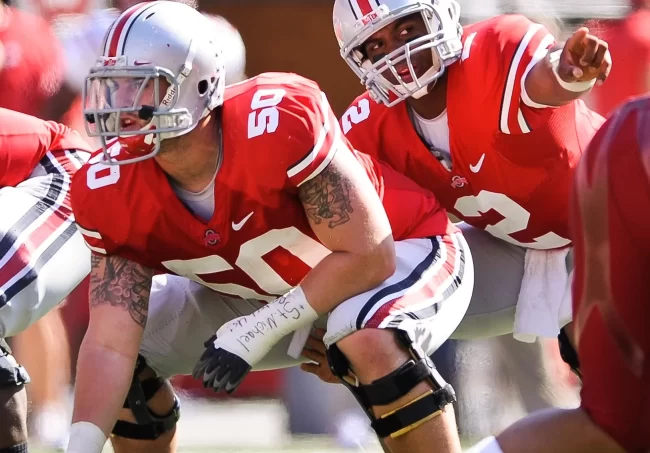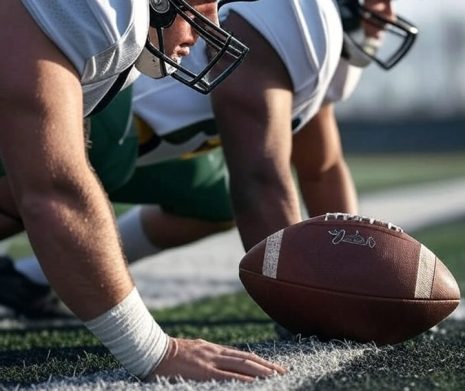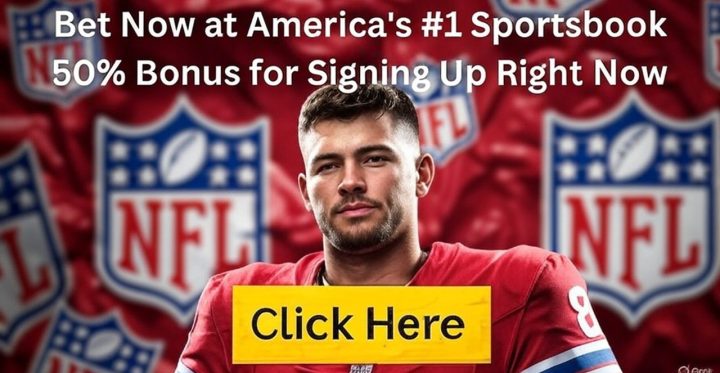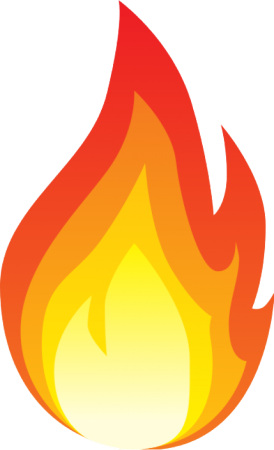A Quick Look at College Football Rules

If you watch a lot of college football (or football at any level), you probably have a good grasp of the rule book. Keep in mind that the rule book does differ at every level of play. There are things you can/cannot do in high school that you can/cannot in college. The same is true of the NFL.
One of the huge differences in the rule books of each of the three levels is in relation to the layout of the field. NFL hash marks are the narrowest at 18-feet-6-inches apart, for example, compared to college hash marks which are 40 feet apart. It’s even wider at the high school level where the hash marks are 53-feet-4-inches apart.
There are many similarities among football rules at the various levels. One such rule was brought to our attention by sports bettors that noticed something they thought was odd. Over the past several years in the NFL and at the college level, you will see a guard (one of the players on either side of the center) reach out and touch the center before the snap of a ball.
You’ll see this occur in big games in very loud stadiums. Offenses have to sometimes resort to this technique to indicate when to snap the ball to a quarterback who is in a shotgun formation. His teammates cannot hear him when he yells out the signals or when he calls the cadence.
Most teams are right-handed (or at least the QB is right-handed) so it usually ends up being the right guard who will look back at the QB who indicates that he is ready. The guard then reaches out to tap the center who will then pause and snap the ball.
The question that arose from watching this happen in a college football game was “isn’t that a penalty?” It’s actually a great question and Sportsbook Advisor has the answer.
The Illegal Procedure Penalty
Illegal procedure is a blanket term that refers to a number of infractions by an offense in a football game. One of those infractions is the commonly heard “false start.” An offensive player that moves toward the line of scrimmage before the ball is snapped, for example, has committed a false start.
The penalty also refers to a player lined up on the line of scrimmage who steps backward off the line of scrimmage just prior to the ball being snapped. These are common false starts, but it is not a false start when an offensive lineman turns his head to look into the backfield or reaches out and taps his center.
Set for a Second
If you played football at any level, you may have heard that an offensive player who is not in motion must be set for a full second before the ball is snapped. This is true at all levels of the game. One player may go in motion and that motion must be lateral with the line of scrimmage or in a direction away from the line of scrimmage. All other players must be set for one full second before the ball is snapped.
If you notice when a guard reaches over to tap his center, the center will pause and then snap the ball. This takes care of the “being set” rule. Even with a player in motion, as long as the other 10 players are set for one full second, it is not a penalty on the offense.
Why Teams Use This
When more and more teams started using the shotgun formation, many started dabbling with the use of a silent count. For some teams, a QB clap was the signal to snap the ball. However, in some of these stadiums, it’s so loud that players cannot hear the clap.
From there, the guard signaling the center became the norm. The guard looks back at the quarterback, the quarterback indicates that he and the rest of the offense is ready, and the guard then indicates to the center that the ball can be snapped. To ensure the offense does not get a penalty, the center pauses for a second and then snaps the ball.
Worth Noting
 For the hardcore fan who needs to know more, Sportsbook Advisor has you covered. None of the five offensive linemen have to put their hand on the ground. They do, however, have to be “on” the line of scrimmage. That is a discussion for another time, but most offensive tackles at the pro and college level do not put their hand on the ground.
For the hardcore fan who needs to know more, Sportsbook Advisor has you covered. None of the five offensive linemen have to put their hand on the ground. They do, however, have to be “on” the line of scrimmage. That is a discussion for another time, but most offensive tackles at the pro and college level do not put their hand on the ground.
In many offenses at all levels, offensive tackles do not put a hand on the ground, but guards do. Neither is right or wrong. It’s just a matter of preference. What’s important in relation to that is that an offensive lineman can move around. He can shift. He could line up at right guard, for example, and then shift over to the left side of the center.
He can only do that if he has not put a hand on the ground. Once an offensive lineman puts a hand on the ground, he is set and cannot move. The only player that can put a hand on the ground, pick it up, and then reset, is the end man on the line of scrimmage.
Most often, this occurs when tight ends line up next to their offensive tackle in a three-point stance, pick their hand up, and then shift off the line of scrimmage. They may go in motion or line up on the other side of the formation. That is perfectly legal as long as they adhere to the “being set for a second rule” if it applies.
More College Football
- How to Bet the College Football Bowl Season
- Army–Navy Preview and Pick: Why This Game Will Be Close
- Get an Extra $25 for Bowl Season on the House
- How Championship Weekend Shook Up the CFP and the New Title Odds
- Playoff Teams Announced – New Championship Odds Posted
- Chaos & The College Football Playoff Bracket
- A Far Too Early National Championship Pick
- What Lane Kiffin Leaving Really Did to Ole Miss This Week
- Is James Franklin’s Career at Virginia Tech Doomed?
- What is a Sugar Huddle?

















